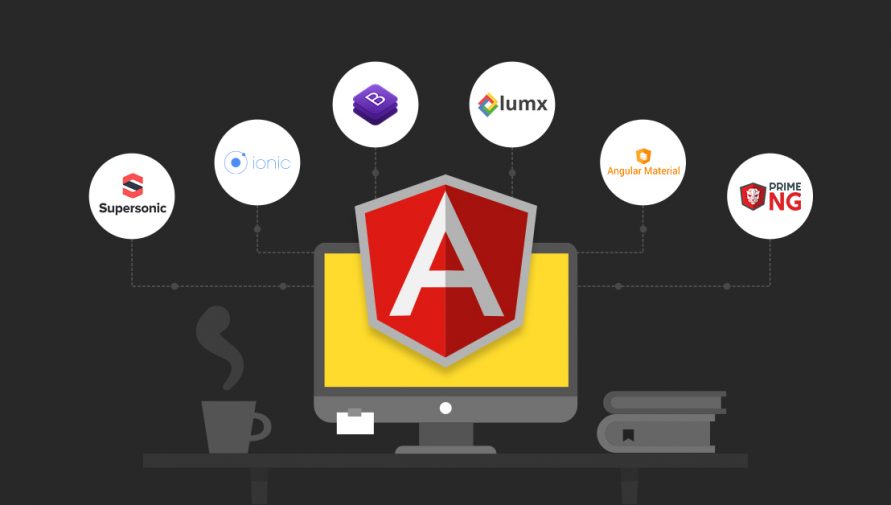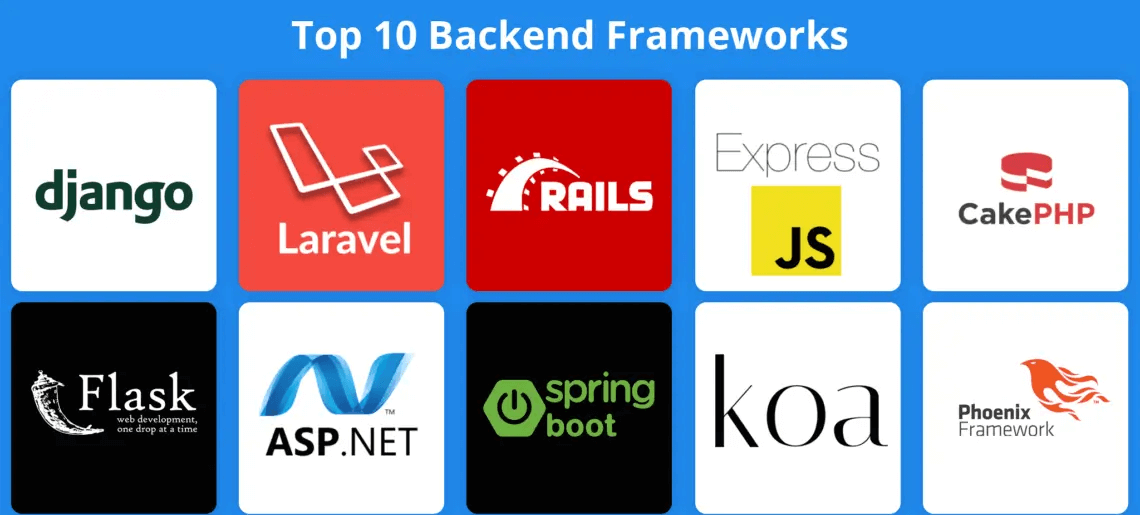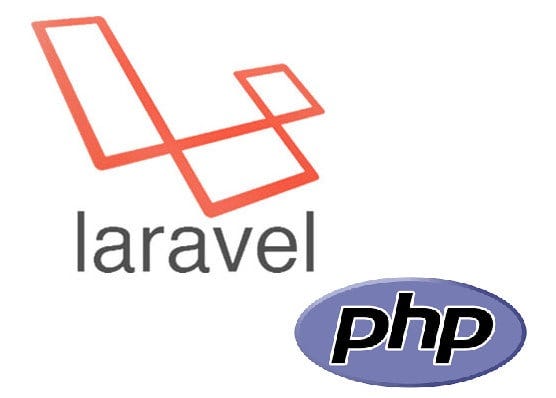In the fast-paced world of web development, frameworks and libraries are indispensable components. However, navigating the vast landscape of options and staying up-to-date with the constant emergence of new frameworks and libraries can be a daunting task. As the field evolves rapidly, making the right choice for your web application requires careful consideration and research.
Here are the top 10 web frameworks you can learn to boost your career in web development. Chief Operating Officer at Scaler and Interview Bit will bifurcate them into front-end and back-end and detail out each –
1. WHAT ARE FRONT-END FRAMEWORKS?

Front-end frameworks include elements related to UI and UX, which are user interface and user experience. It helps in writing super clean code with standard templates. It also helps in optimizing the SEO of your website and making it more scalable. One thing to note is that all these frameworks are built upon HTML, CSS and JavaScript. So make sure you learn these programming languages first and have a good command of their fundamentals before you start learning the frameworks.
A. React
The first framework we are going to talk about is React. React is a Javascript-based open-source library developed and maintained by Facebook. It has been widely used in the industry for the last few years. Companies like Instagram and Pinterest use React in front-end development. React uses virtual DOM, a lightweight replica of the actual DOM in the memory.
The third advantage is that using React can reuse the component to make an interactive website very quickly.
B. Angular

Angular is an open-source framework maintained by Google, ideal for companies like Google, PayPal, and Upwork. It offers three key advantages. Firstly, Angular is a comprehensive framework with rich features such as libraries, directives, and controllers.
Additionally, it follows the model-view-controller architecture, dividing the system into logical components: model, view, and controller. Lastly, Angular utilises two-way data binding, ensuring real-time synchronisation between the model and view. Despite these benefits, there are drawbacks.
Angular’s extensive nature can result in slower processing times, making it less suitable for small projects. Moreover, its complexity requires prior JavaScript experience for beginners.
C. Vue.js
Vue.js is a lightweight open-source framework which is very efficient and flexible. A few of the advantages of Vue.js is that it’s simple and easy to learn. If you are a beginner, you can quickly get started with Vue.js. The second advantage is that Vue.js uses model-view-view model architecture.
The third advantage is Vue.js also uses two-way data binding. But there are some disadvantages as well. The major drawback is that the framework is still a work in progress. So it will take some time to stabilise.
D. Ember.js
Ember.js is a productive battle-tested component-based JavaScript framework. It uses the MVVM architectural model. So MVVM architectural pattern is a model-view-view model architectural pattern, which separates the graphical UI from the application’s logic. One of the advantages of Ember.js is that there is very effective data binding in Ember.js.
The second advantage is that they have excellent documentation support. So if you want to learn about Ember.js, you can go to their official website and read the official documentation. But the major disadvantage of Ember.js is that the updates are slow and lack community support. So you may need help with your questions and queries.
E. jQuery
The last library in front-end development, which you should learn, is jQuery. jQuery is a JavaScript-based open-source library with cross-browser compatibility. It is effortless to learn and use, and it provides good interaction between different elements of DOM.
A few advantages of jQuery are that it allows for documentation support and community support. It will help you in your learning process. The other benefit is that it will help maintain your code quality by writing good and clean code.
2.WHAT ARE BACKEND FRAMEWORKS?
Backend frameworks provide an efficient way to speed up your development process by ensuring your website’s performance and scalability. It also provides security to the website by making sure your website is secure from external web attacks, errors and other issues. Let’s see some of the top web frameworks you can use for backend development

A. Django
Django is the most popular open-source, high-level framework because of its sound and visual effects in games and other interactive services. Some advantage is that Django is based on Model View Template Architecture, making it the only framework you can use to build a complete website. The other benefit of Django is that it is easy to make an SEO-friendly website using this framework. Also, if you love Python as a language, then this framework is for you.
B. Express.js
Express.js is a minimal and flexible Node.js web application framework that most companies use because of its flexibility. You can create a single or multiple-page website using Express.js effectively. A few advantages are that as you use the programming language of JavaScript for both front-end and backend, your interaction between your front-end and backend is seamless and smooth.
There is excellent documentation and community support. If you are a beginner and want to learn about Express.js, this framework is for you. Another advantage of Express.js is that it’s beginner-friendly and easy to understand. If you already have some knowledge of HTML, CSS and Javascript and want to learn about full-stack development, then you can learn Express.js and build a website from scratch.
C. Spring Boot
Spring Boot is an open-source, Java-based framework which uses MVC architecture. MVC architecture consists of a model, view and controller, using which you can develop scalable websites. Some advantage of Spring Boot is that it is straightforward to handle rest endpoints.
You can use dependency management using annotations provided by Spring Boot. All you need to do is add the annotation with the dependency, and everything will happen automatically. The third advantage is that you can handle and debug the code really well. You can do error handling and make your website less prone to bugs.
D. Ruby on Rails
Ruby on Rails is an open-source framework which can be used for backend development, and it is written in Ruby language. It also follows the MVC (Model-View-Controller) architecture. Some advantages of this framework is that it follows the principle of convention over configuration.
You can use this to avoid writing multiple configurations in your code. The other thing is that there are many libraries you can easily integrate using Ruby on Rails. Hence, you can create fantastic features with this framework. Testing is done very easily using this framework as there are automated test cases you can extend for a specific use case.
E. Laravel with PHP

Laravel is a PHP-based web application framework using which you can do authentication, session management, routing and caching very easily. Some advantage of this framework is that it provides advanced security features, using which you can secure your website from any external attack.
The other benefit is that websites built using Laravel can handle requests faster than any other framework. Maintaining and integrating third-party APIs utilising this framework is very easy and effective.
Web frameworks are an essential part of web development. Each framework comes with its advantages and disadvantages. So, based on the specifics of your project and the use cases you are trying to solve, you can choose the best framework which suits you.





























